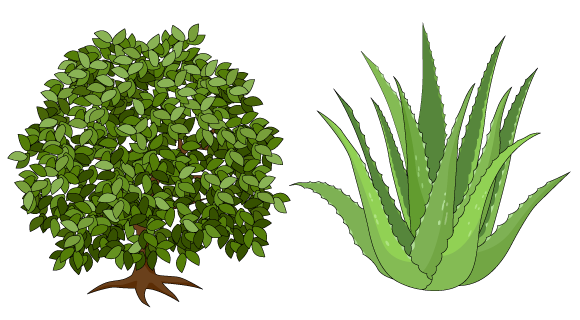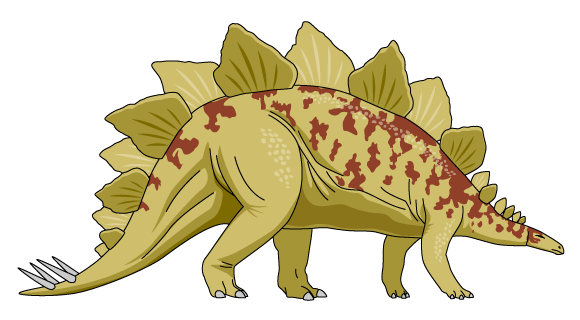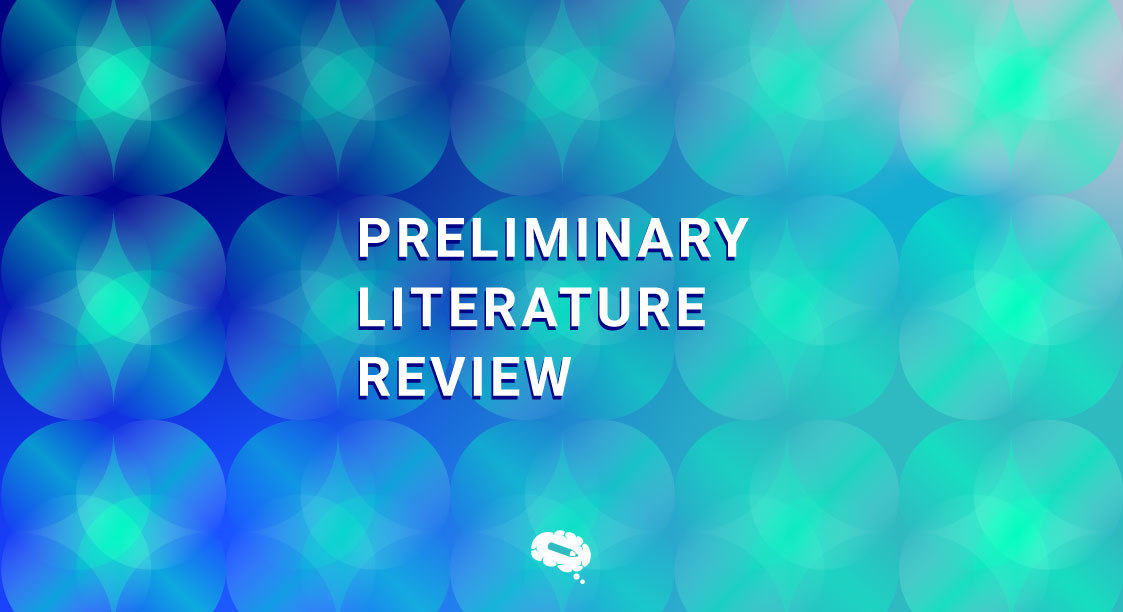Literature mapping is a process that involves analyzing and visualizing the scientific literature on a particular topic to identify research gaps, improve collaboration, and inform decision-making.
In this article, we list five benefits of literature mapping for scientists and researchers and show you types and tools to save your time and help you find better evidence.
What is Literature Mapping?
Literature mapping is a process that involves analyzing and visualizing the scientific literature on a particular topic. It includes systematically searching, collecting, and reviewing relevant studies, articles, and books published in a specific field or discipline.
The purpose of literature mapping is to provide a comprehensive overview of the current state of knowledge on a topic, identify gaps in the literature, and potential areas for future research. It can be useful for those who seek to conduct a systematic review, develop a research proposal, or explore new research areas.
Benefits of Literature Mapping
Here are five benefits of literature mapping for scientists and researchers:
- Identify research gaps: Literature mapping helps researchers to identify gaps in the existing research and to determine areas that require further investigation.
- Visualize the research landscape: By creating visualizations of the scientific literature, researchers can see the relationships between different research topics.
- Save time: Literature mapping can help researchers save time by providing an overview of the literature on a particular topic, including relevant studies and duplicated work.
- Improve collaboration: Literature mapping can help researchers to collaborate more effectively by providing a shared understanding of the research landscape. This improves communication, and facilitates the workflow between different disciplines.
- Inform decision-making: Literature mapping can help researchers to make assertive decisions. This can be especially useful for policymakers and other decision-makers who need to make decisions based on scientific evidence.
Types of Literature Mapping
Feature Mapping
Feature mapping is a technique used primarily in data analysis and machine learning to identify patterns and relationships between features of a dataset. It involves analyzing the data and plotting the relationships between different features of the dataset on a map or chart.
Some of the main features include:
- Identification of relationships: Feature mapping can help identify the relationships between different features or variables in a dataset. This can allow for better modeling and prediction of outcomes.
- Pattern recognition: By plotting the relationships between features of a dataset, feature mapping can help identify patterns and anomalies that may not be immediately apparent in the raw data.
- Visualization: Feature mapping often involves creating visual representations of the relationships between features of a dataset. This can help make the data easier to understand and interpret.
- Dimension reduction: When dealing with large datasets with many features, feature mapping can help reduce the dimensionality of the data. This can help simplify the data and make it easier to analyze.
- Data clustering: Feature mapping can also help identify groups or clusters of data points that share similar features. This can allow for more targeted analysis and modeling of specific groups within the dataset.
- Feature selection: Feature mapping can aid in the selection of the most important features from a dataset. By identifying the relationships between features, researchers can determine which features are most relevant to the outcomes they are trying to predict.
Topic Tree Mapping
Topic tree mapping is a technique used to visualize and organize the relationships between different topics or themes within a larger subject area. It involves creating a hierarchical structure of topics, with more general topics at the top and more specific subtopics branching out below.
Content Mapping
Content mapping is the process of creating a visual representation or map of the content of a document, website, or other information source. It involves breaking down the content into its constituent parts, organizing it according to a logical structure, and presenting it in a user-friendly and easily accessible way.
Taxonomic Mapping
Taxonomic mapping is the process of assigning different taxonomic categories to specific objects or organisms based on their characteristics, traits, and other distinguishing features. This mapping enables the organization and identification of different species and helps researchers and scientists to conduct various studies and experiments related to their classification, evolution, and diversity.
Concept Mapping
Concept Mapping is a visual representation of the relationships between concepts and ideas in a particular field. It involves identifying key concepts, and organizing them into a hierarchical structure. It can help to identify gaps in knowledge and aid in the development of new theories.
Rhetorical Mapping
Rhetorical mapping is a process used in communication studies and critical discourse analysis to analyze the structure and content of discourse. It involves creating a visual representation or diagram of a text or speech that identifies its various components, such as arguments, claims, evidence, and rhetorical strategies used to persuade the audience. Rhetorical mapping allows researchers to understand how the speaker or writer uses language and persuasion techniques to influence the audience’s beliefs and attitudes.
Citation Mapping
Citation Mapping involves tracing the citation history of a particular article, and identifying the articles that have cited it. This can help to identify the impact of the article on the field, and identify related research.
Tools for Literature Mapping
- Citation Gecko: Citation Gecko is a web-based tool that allows users to quickly and easily search for and download citation data from various academic databases. It streamlines and simplifies the process of finding and organizing citations for research projects.
- Inciteful: Inciteful is a literature-mapping tool that visualizes citation networks and identifies key authors and articles within a particular field of research. It can be used to explore the literature on a specific topic, as well as to identify gaps in current research.
- OpenKnowledge: OpenKnowledge is an online platform for sharing and discovering research papers and other scholarly materials. It enables users to search for and download documents, as well as to connect with other researchers who are working in the same field.
- ConnectedPapers: ConnectedPapers is a search engine that allows users to explore citation networks and discover the most influential papers and authors in a particular field. It uses citation information to uncover relationships between different papers and to suggest potentially relevant articles to read.
- LitMaps: LitMaps is a mapping tool that allows users to explore the relationships between different articles and concepts within a particular field of study. It visualizes the connections between different scholarly articles and helps users to develop a deeper understanding of the underlying themes and concepts within a particular field.
- Local Citation Network: Local Citation Network is a tool for mapping the relationships between different articles and authors within a particular geographic area. It allows users to explore the research in progress in a particular region and to identify potential collaborators and sources of funding.
- CoCites: CoCites is a literature-mapping tool that identifies the most frequently cited articles and authors within a particular field. It allows users to explore the relationships between different papers and to identify key areas of research.
- VOSviewer: VOSviewer is a tool for visualizing citation networks and identifying key authors, papers, and concepts within a particular field of research. It allows users to explore the relationships between different papers and to identify areas of overlap and potential collaboration.
- ResearchRabbit: ResearchRabbit is a web-based research tool that allows users to search for and collect scholarly articles and other research materials. It streamlines the research process by helping users to find relevant articles and to organize and annotate their findings.
Professional and custom designs for your publications
Professional and custom designs are crucial for scientific publications because they help researchers to communicate their research findings effectively and efficiently. A well-designed publication not only attracts the attention of the reader but also conveys the information in a clear and understandable way.
With Mind the Graph, researchers can easily create custom illustrations, graphs, charts, and diagrams that clearly present their research findings. The platform provides a vast library of scientific illustrations that are scientifically accurate and visually appealing.
The platform’s vast library of illustrations, user-friendly interface, and collaboration features make it an essential tool for researchers who want to communicate their research findings effectively and efficiently.


Subscribe to our newsletter
Exclusive high quality content about effective visual
communication in science.




